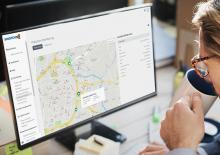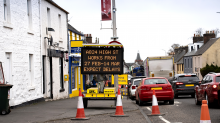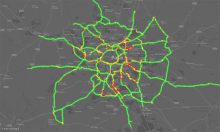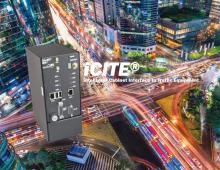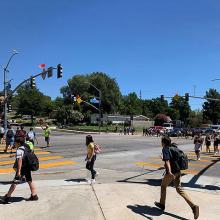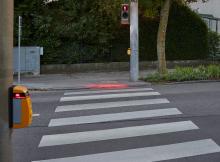
All street lighting of the metropolitan Paris area, with its 10 million inhabitants, will be changed to LED technology. The contract for this has been awarded to a consortium called CiELiS, formed by major French industrial players Citelum and Eiffage. Part of this contract refers to the modernisation of the traffic management in Paris in the run-up to the Olympic Summer Games of 2024.
As a CiELiS subcontractor, Swarco is setting up its new urban mobility management suite MyCity for the 106km² Ville de Paris - Paris City.
“Every city is unique and requires a tailor-made approach,” said Christoph Bergdolt, vice president of products and technology with Swarco’s ITS division. “With our modern traffic management software MyCity, which is scalable and flexible due to a modular structure and open to allow the integration of legacy systems and third-party vendors, Paris will have the future-ready response to enable the next-generation mobility evolution.”
Operators monitor traffic status in real time, manage daily flows and peak hours to provide travellers with the best travel time, as well as the opportunity to make decisions based on reliable data collected by sensors and detectors.
“Advanced and premium add-ons address future-oriented features in connection with digitalisation and automated vehicles,” explained Cristina Ghione, Swarco’s project manager in Paris. “The advanced solution is hardware-less to promote an easier feasibility for the city in terms of time and cost. It will primarily encourage a shift towards alternative modes of transportation by prioritising micro-mobility vehicles and pedestrians at intersections; monitoring them to increase safety and to create an environmentally friendly city. It will foresee the ability to exchange, interpret and render data with connected vehicles [V2X], an additional means to efficient traffic control, as well as the implementation of V2X information dissemination and Traffic Light Forecast / Traffic Light Assistant (TLA).
“Looking ahead to the Olympic Games of 2024, advanced functionalities like public transport priority for tramways and buses, and priority for emergency or authorised vehicles at signalised intersections [via an app] will be essential for the successful management of the event,” said Ghione.

